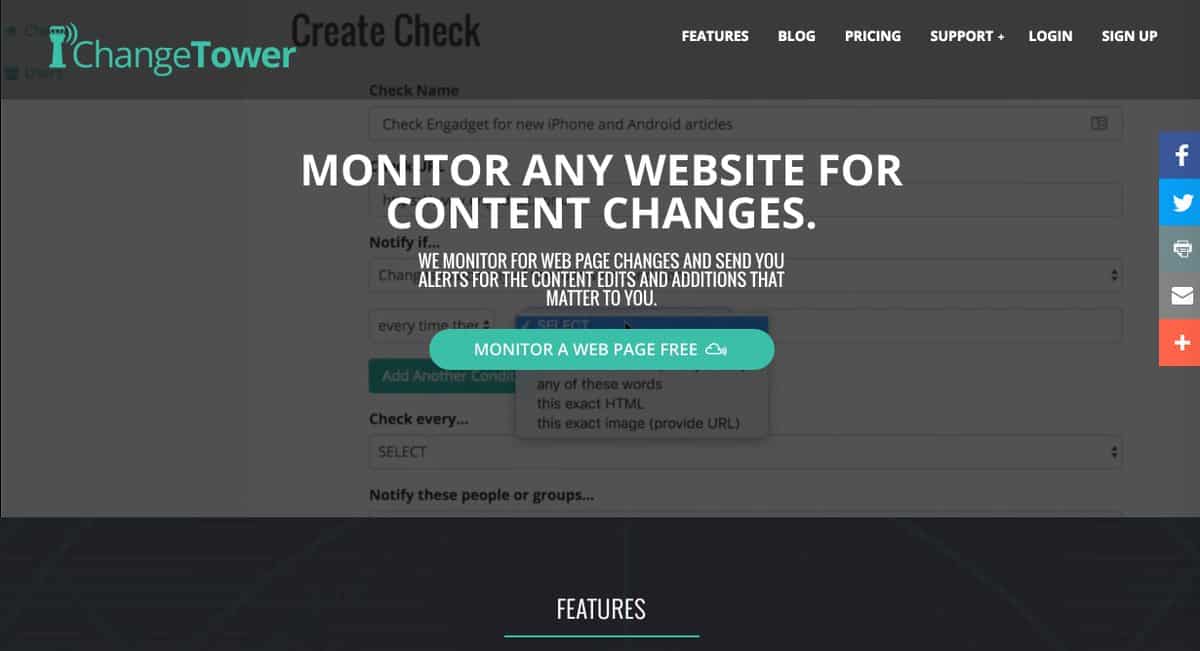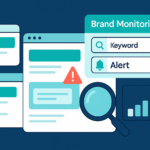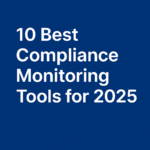02 Apr

The Best Tools to Monitor for Website Changes, Uptime, Performance, Malware, SEO and More
There’s a variety of critical website change monitoring tools that should be leveraged for business and mission-critical websites. Such tools and software eliminate the need for manual website monitoring, and automatically detect important changes and updates and then alert business users and technology owners.
These tools can monitor for changes to content or code, routinely check on server performance and availability, detect possible website malware and viruses, and even monitor critical application features and functionalities to ensure everything is up-and-running without issue.
1. Website Change Detection & Content Monitoring
How many websites do you check on a daily basis? Every week? In many cases, you may be looking for something in particular — a brand mention, updates on a new or upcoming product, in-stock notices or a news story of particular interest to you or your company.
A number of tools are available to save you the time and legwork of manually visiting all of those websites that you have bookmarked. Here are two of the industry leaders:
ChangeTower
ChangeTower offers comprehensive monitoring solutions, allowing users to detect content changes, code updates, and visual alterations on web pages. It provides customizable alerts and detailed reports to keep you informed of any modifications.
Visualping
Visualping is a widely-used tool that monitors web pages for changes and sends instant alerts via email, SMS, or Slack. It’s favored for its ease of use and flexibility in tracking various types of web content
2. Server & Uptime Monitoring
There’s a ton of great tools out there to regularly check your website for availability and alert you if your site goes down. Pingdom is perhaps the 800lb Gorilla in uptime monitoring, and provides a powerful platform that’s free for basic use.
Pingdom ‘hits’ your website at regular intervals, and can alert you (and your team) the moment their systems detect that your website is unavailable. You can be alerted to server outages or server performance issues right away by email or text.
For every website, maintaining a good uptime record is essential not just from a business and user experience perspective, but also for search engine optimization purposes. A frequently unavailable website won’t perform well in search rankings, and may even disappear entirely from leading search engines like Google. Most web hosts have a Service Level Agreement (SLA) guaranteeing a certain percentage of uptime. Make sure your web host is meeting their agreement.
3. Performance Monitoring
A healthy website loads quickly and consistently, and page load time is a critical factor is general website visitor happiness and productivity. Your website’s desktop and mobile load times also impacts search engine rankings. As such, it’s important to keep a watchful eye on the performance of your website or web application.
Free tools like Google Analytics keep track of the performance of your website’s pages, and load time reports can help you identify various technical or load issues with your site. Google Analytics can also be configured to alert you if a page or set of pages drops below a preset average load time, keeping you in the loop on possible new or lingering issues.
Here are a few others to add to your tech stack also:
Sematext Synthetics
Sematext Synthetics provides synthetic monitoring to track website performance, uptime, and API health. It simulates user interactions to identify and address potential issues proactively.
SpeedCurve
SpeedCurve offers insights into website performance by combining synthetic testing with real user monitoring (RUM). It helps identify and fix speed issues that affect user experience.
4. Load Testing
If you get (or are expecting to get) significant amounts of traffic, it’s important to see how the number of users on your website at any given time may impact performance. A technique called load testing allows you to simulate a specific numbers of users visiting and interacting with your website simultaneously.
Load Impact is one of the most powerful cloud-based load testing tools for your website or web app. The best part of Load Impact is that you can record multiple realistic user scenarios (even logged in scenarios) with their Chrome extension with zero coding required.
5. Application & Feature Monitors
No matter what kind of web application you have (even if just a relatively basic website with some degree of custom functionality), it’s critical to make sure all of the most important features and functions of your app are 100% up-and-running. Whether because a new release, code update, security issue or other scenario, critical functions of your app can go offline without your knowledge. Often times, you’ll only realize these functions are not working correctly after a user finally lets you know. Of course, a failing feature frustrates users and causes lost revenue.
There’s a handful of of powerful tools out there to help you automate your application testing and regularly monitor key features and functions to ensure that they are running and completing without issue:
Uptrends
Uptrends offers transaction monitoring to simulate user interactions and verify that critical application features are functioning properly. It provides detailed reports and alerts for any detected issues.
Checkly
Checkly uses Playwright scripts to monitor website performance and functionality, allowing you to detect and address issues before they impact users.
6. Malware Detection
While performance monitors may detect higher load times indicative of a possible malware infection, most of these tools don’t proactively scan for malware and viruses that may be hiding in plain site on your website.
In its best form, malware may serve ads to your users unbeknownst to you. In its more malicious form, malware may be designed to infect your user’s computers with viruses, systematically take over your website’s content, or even steal sensitive user information. Even a temporary case of malware can significantly impact your search rankings, and your website may even be temporarily (or permanently) removed from search results if the presence of potentially malicious malware is detected.
There’s a number of tools and websites out there that can assist in the fight against malware, and routinely monitor your website to make sure that it’s malware-free. At ChangeTower, we use a service called Sucuri. Surcuri scans websites for malware, and send immediate alerts if malware is detected. Depending on your CMS, Surcuri also offers a suite of proactive threat mitigation tools such as cloud-based DDOS (Denial of Service) detecting firewalls, database security tools, and plugin monitors (plugins can carry malware along with the functionality they offer).










